Module/Week 3
Soil Animals
Laboratory and Media Piece
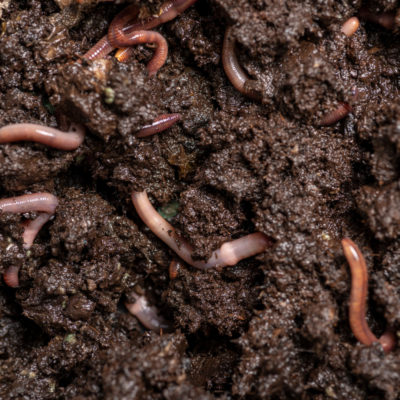
Soil Animals Objective
Create an original media piece that describes and explains aspects of soil animals in the context of a soil food web.
We have moved last week’s lab that was canceled due to OSU’s closures to this week #3 lab since the animals are interesting to observe. If you have already completed the media piece from the online materials, you can attend lab this week, add some observations of the live animals, and turn in what you have completed.
This webpage has the background material to learn before lab, followed by the lab media piece assignment and hints to start or even complete the assignment using these online materials.
Background on Soil Animals
Soil animals play a critical role in breaking down decaying organisms, part of organisms, and fecal material. Eventually these remains are broken down by fungi and bacteria into small enough particles that they can be recycled back to producers like plants and algae.
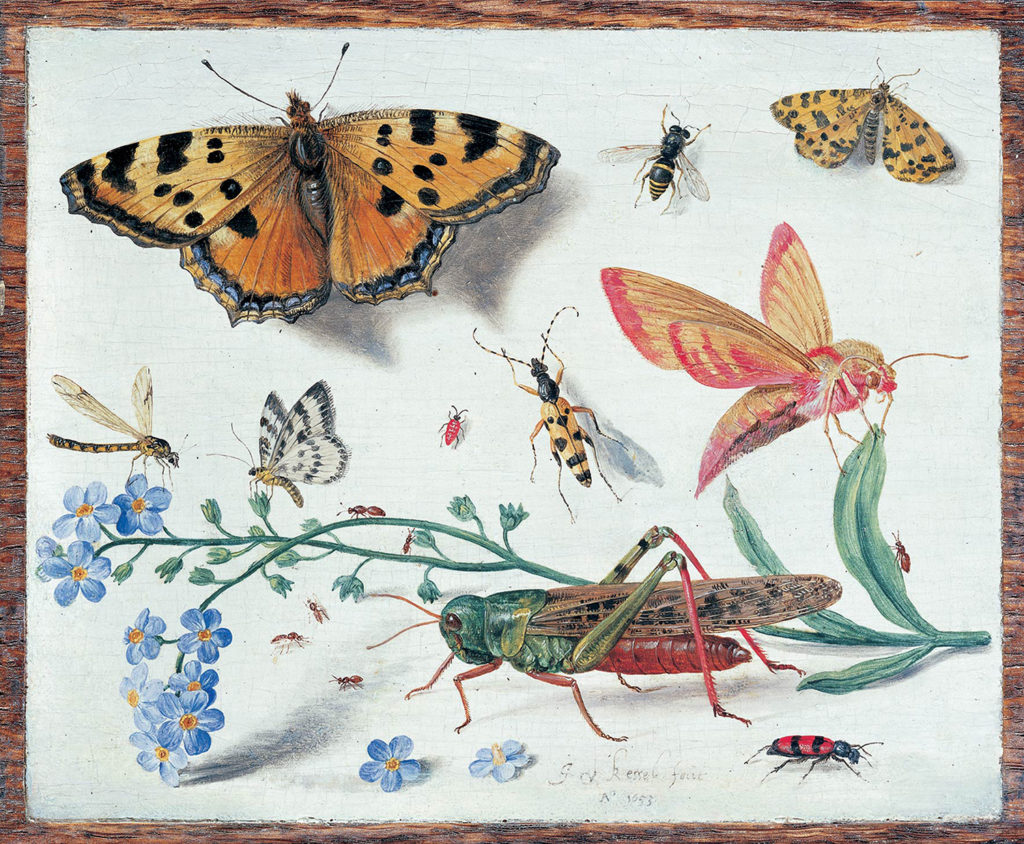
As described previously, taxonomic classification is naming organisms based on their structures like bones and teeth, and more recently their genetic structures as well.
Organisms are classified in one of three Domains that were introduced in the phylogenetic “tree-of life” video. The Domains are Bacteria, Archaea, and the Domain that animals are classified in, Domain ________.
The animal Kingdom has approximately 35 phyla, only one of these contains animals with backbones. Soil invertebrate animals represent multiple phyla.
Common Soil Animal Invertebrate Phyla
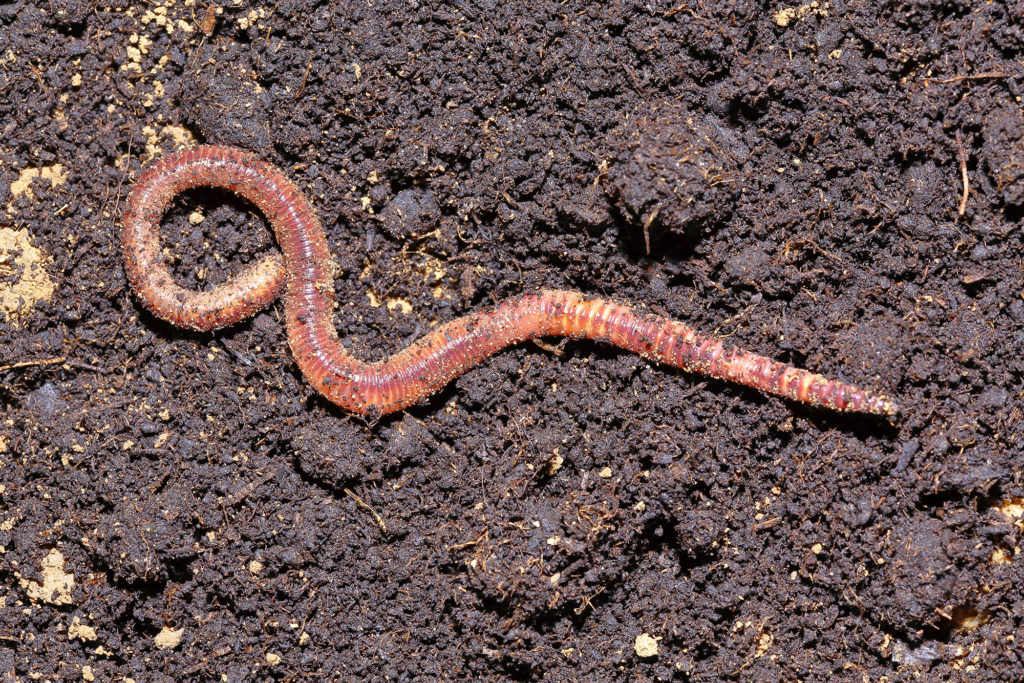
Phylum Annelidia
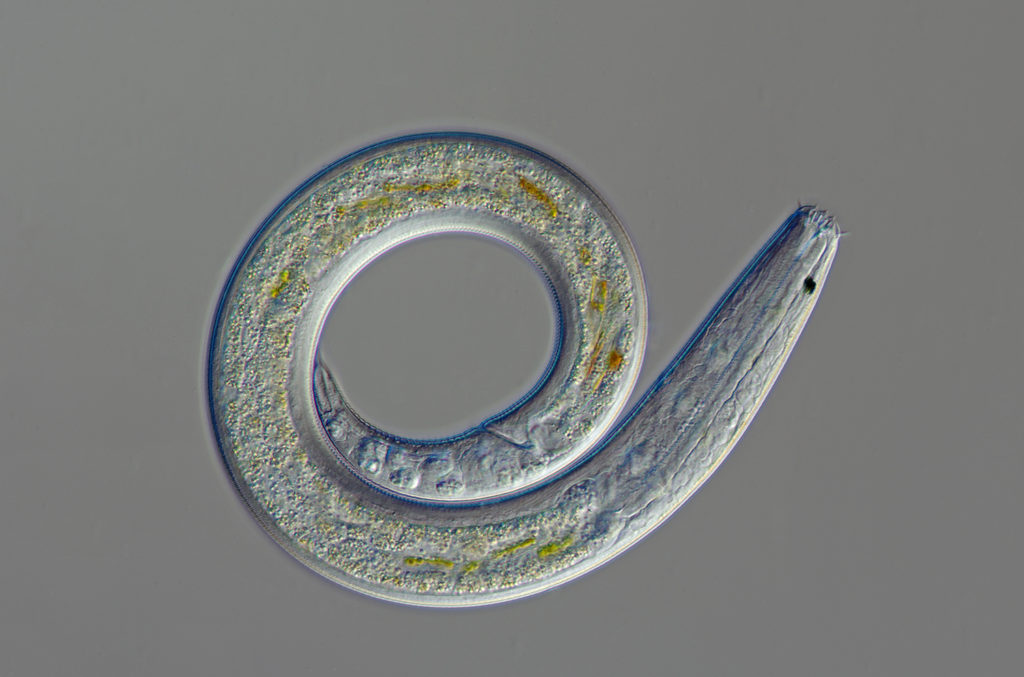
Phylum Nematoda
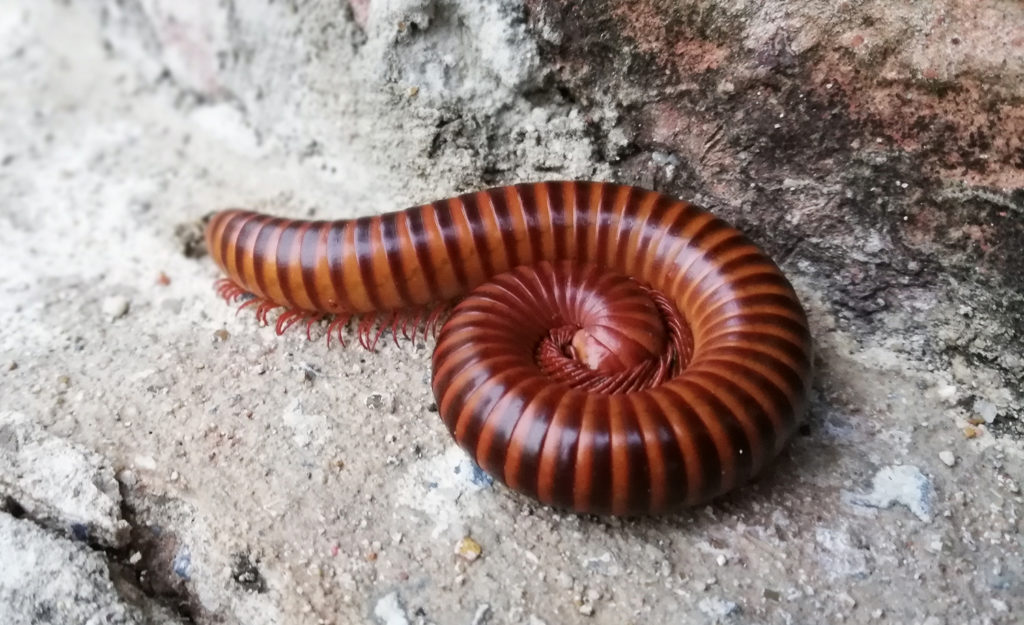
Phylum Arthropoda
Annelids, including earthworms, were introduced last week in the course.
Phylum Arthropoda, the arthropods, are species with jointed appendages, including antennae and legs.
The arthropods are broken into several groups or taxa.
Four Arthropod Taxa
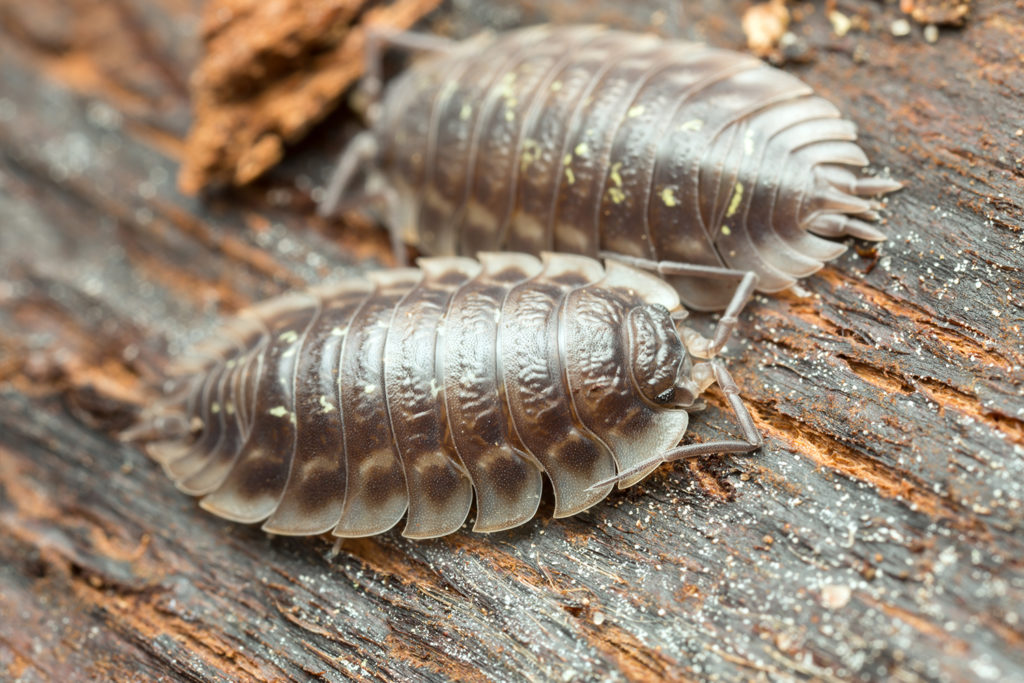
Crustaceans
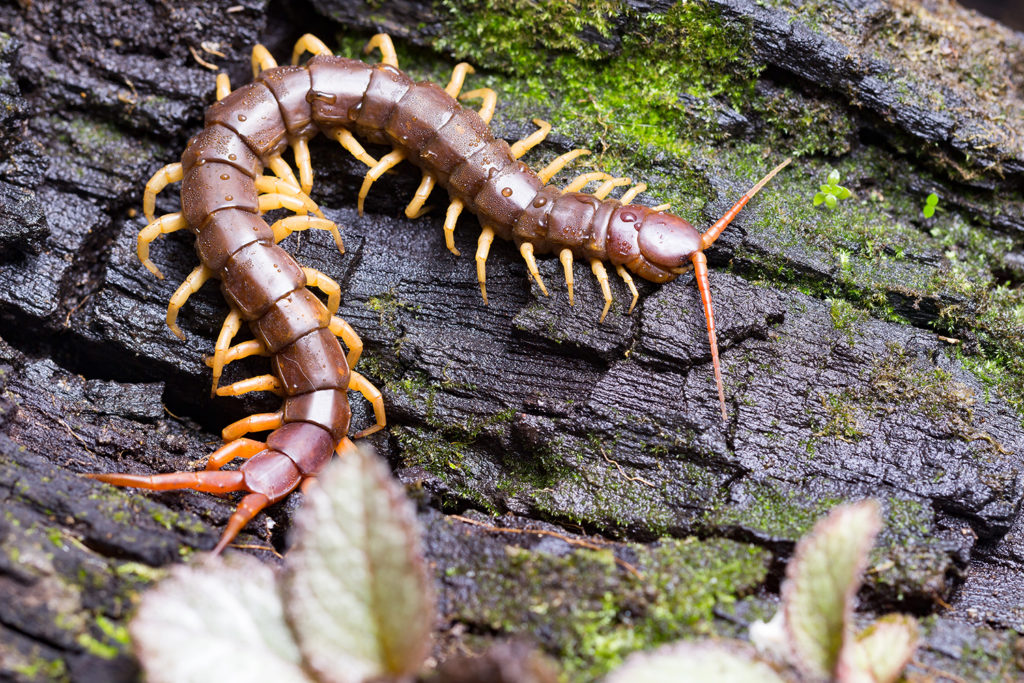
Myriapods

Arachnids
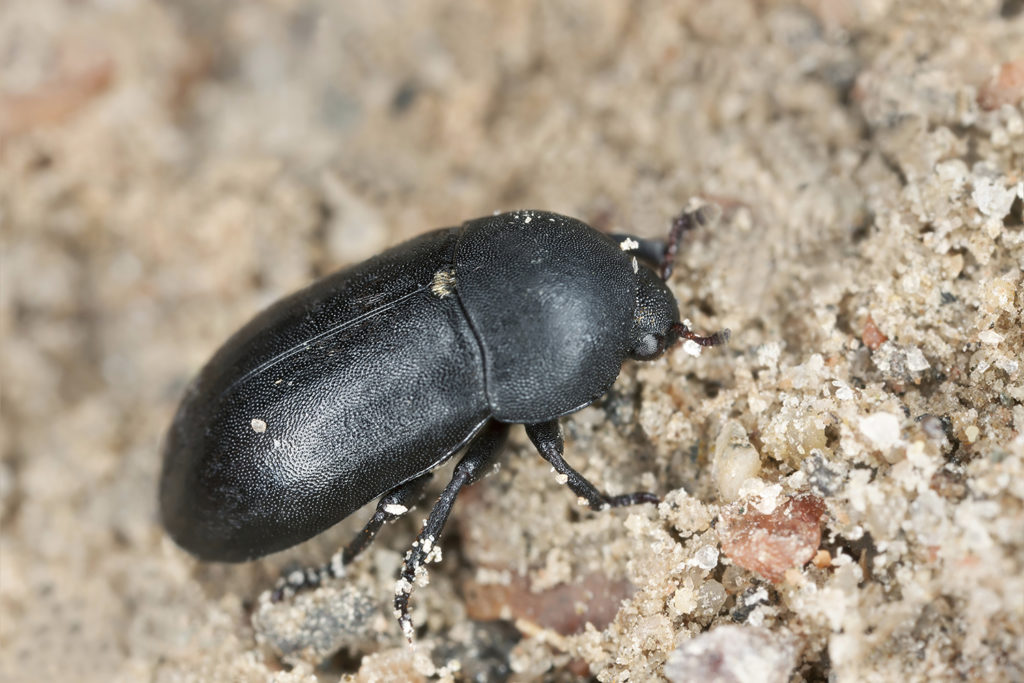
Insects
Crickets introduced last week are examples of i_____ arthropods.
Insect arthropods represent as estimated 90% of animal species on Earth, although many have not yet been discovered. New species are being located on a regular basis, particularly in species-rich rainforests and coral reefs.
Soil organisms, including these dermestid beetles and their larvae, scavenge (consume) dead organisms.
Note: beetle larvae are consuming an animal corpse
Introduction to soil organisms in a pile of composting lawn clippings and kitchen scraps.
Soil animals are critical in recycling nutrients though the food web.
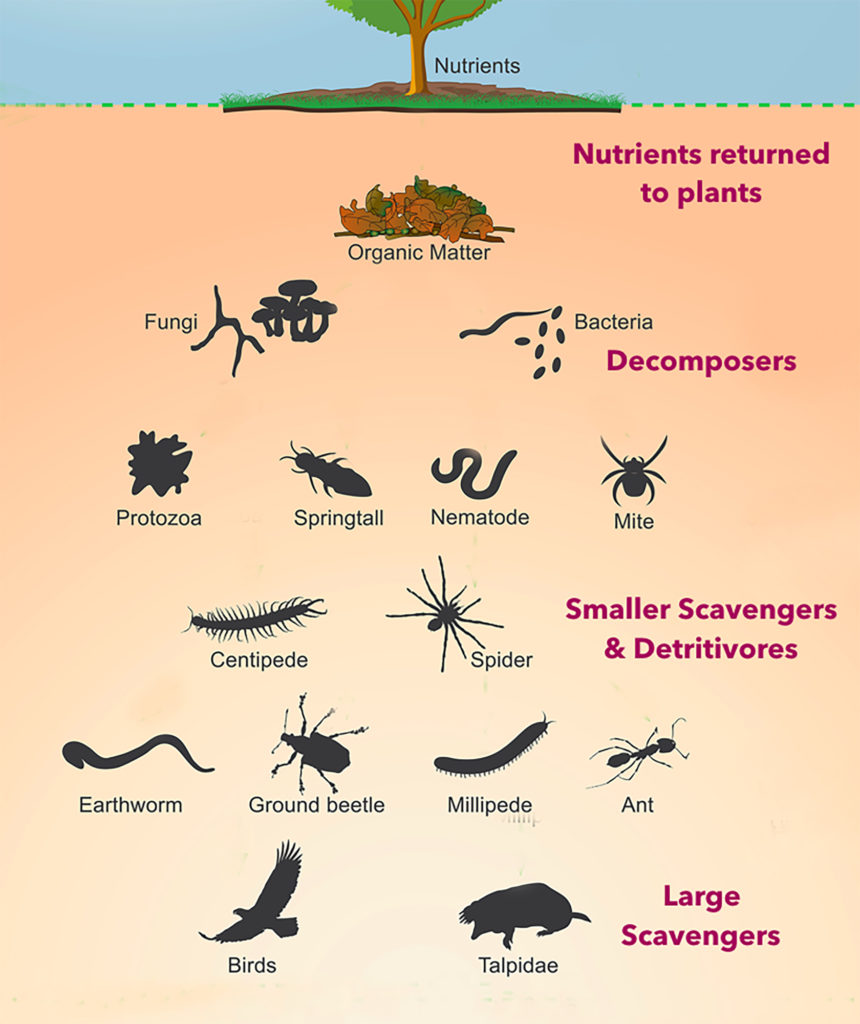
Consider the taxonomic classification of the soil animals in this video (for example, “arthropod insects” or “annelid worms”) as well as their functional classifications that are introduced.
Terrestrial Isopods
From this page so far, terrestrial isopods like these sowbugs are taxonomically classified as: ___________ and functionally classified as: ___________
Sowbugs breath with gills, so they are likely to be found in wet soils where they break down decaying organisms. They are found in many locations and are also easy to raise in an escape-proof damp terrarium with plenty of food and cover to hide under.
(answers: sowbugs are taxonomically classified as crustacean arthropods and functionally classified as detritivore consumers)
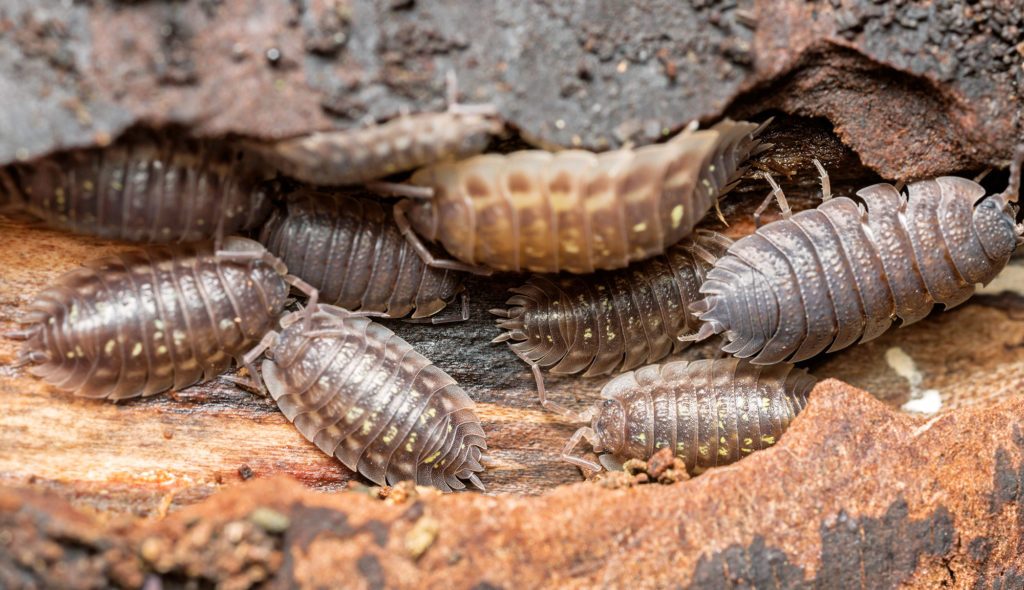
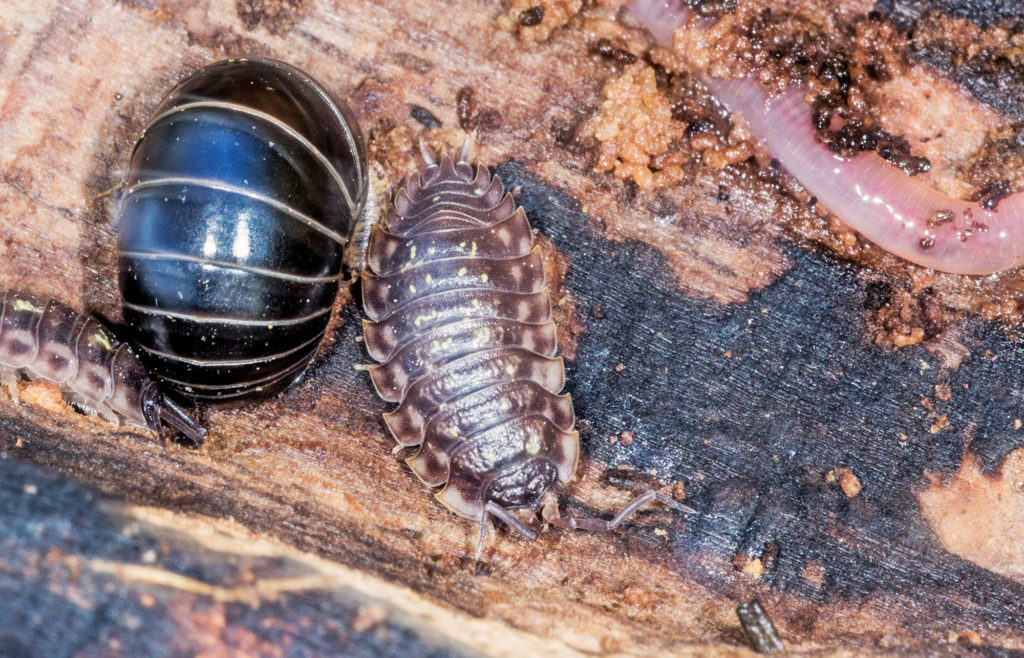
Sowbug isopods (center arthropod) are often confused with “roly-poly” pillbug isopods (left arthropod) that curl into a ball in response to potential predators. Sowbugs do not have this defensive movement, they just walk away quickly and try to get under something.
Sowbugs collected from along our yard path have increased dramatically in population size with addition of kitchen scraps.
Millipedes
An organism used for motion research is the millipede, a myriapod arthropod with an enormous number of legs to control and coordinate. This video introduces a North American millipede and its care.
Learn more about millipede behavior and care in this follow-up video.
Flies
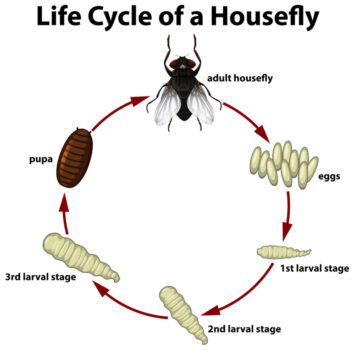
Flies are insect arthropods like crickets. Unlike crickets, flies have a more complex life cycle. Crickets, millipedes and isopods hatch out of eggs into nymphs that grow, molt their exoskeletons, grow and molt repeatedly until they reach adult size. This is a form of “incomplete” metamorphosis.
In contrast, flies have complete metamorphosis, eggs hatch into larva, the larva pupates, and the pupa becomes an adult. The larvae of different insect groups have different names. Fly larvae are called “maggots,” beetle larvae are called “grubs” and butterfly larvae are called “caterpillars.”
Adult flies often eat sweet foods like fruit or nectar, but after mating they lay their eggs in or near the type of food the larvae will eat. Some fly larvae eat animal tissue, others eat rotting fruits or fungus. The fly larvae can scavenge recently dead organisms or act as detritivores.
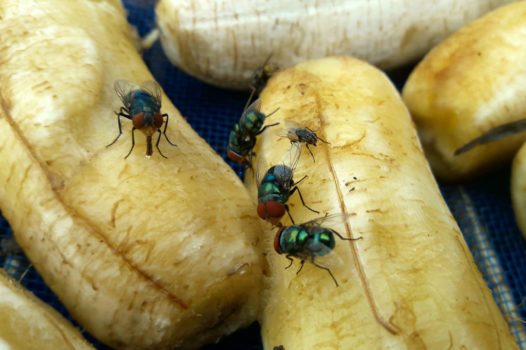
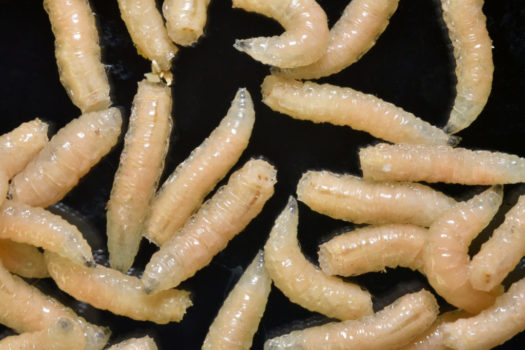
Many people are repelled by insect larvae, but they not only serve an important role in the food web as detritivores and food for other organisms, they also have interesting behaviors. This includes grooming, feeding, chasing other larvae, or in some cases building protective structures.
You can write about and make sketches of soil animals in the videos on this page for your lab media piece. You can also use the earthworms video (bottom of the animals webpage) and crickets video (on the stewardship webpage). An additional soil animal is the mealworm beetle, their videos are at the bottom of the upcoming insects webpage.
Lab Media Piece Assignment (due Sunday on Canvas)
Soil Animals
For this piece you are making media that describes and explains aspects of soil animals in the context of a soil food web. Your original media (photos, sketches, captions, creative writing, video, etc.) will include each of the following:
1. a description of the role soil organisms play in the soil food web, including an example of a scavenger, detritivore, and predator that can be found in composting material.
2. the natural habitats, food, life cycle, and observed behaviors of five soil animals of the eight options provided in this lab. Select five organisms to study and make media about from this list:
- earthworms (annelids)
- beetles (insect arthropods)
- flies (insect arthropods)
- cockroaches (insect arthropods)
- crickets (insect arthropods)
- millipedes (myriapod arthropods)
- jumping spiders (arachnid arthropods)
- terrestrial isopods like sowbugs or pillbugs (isopod arthropods)
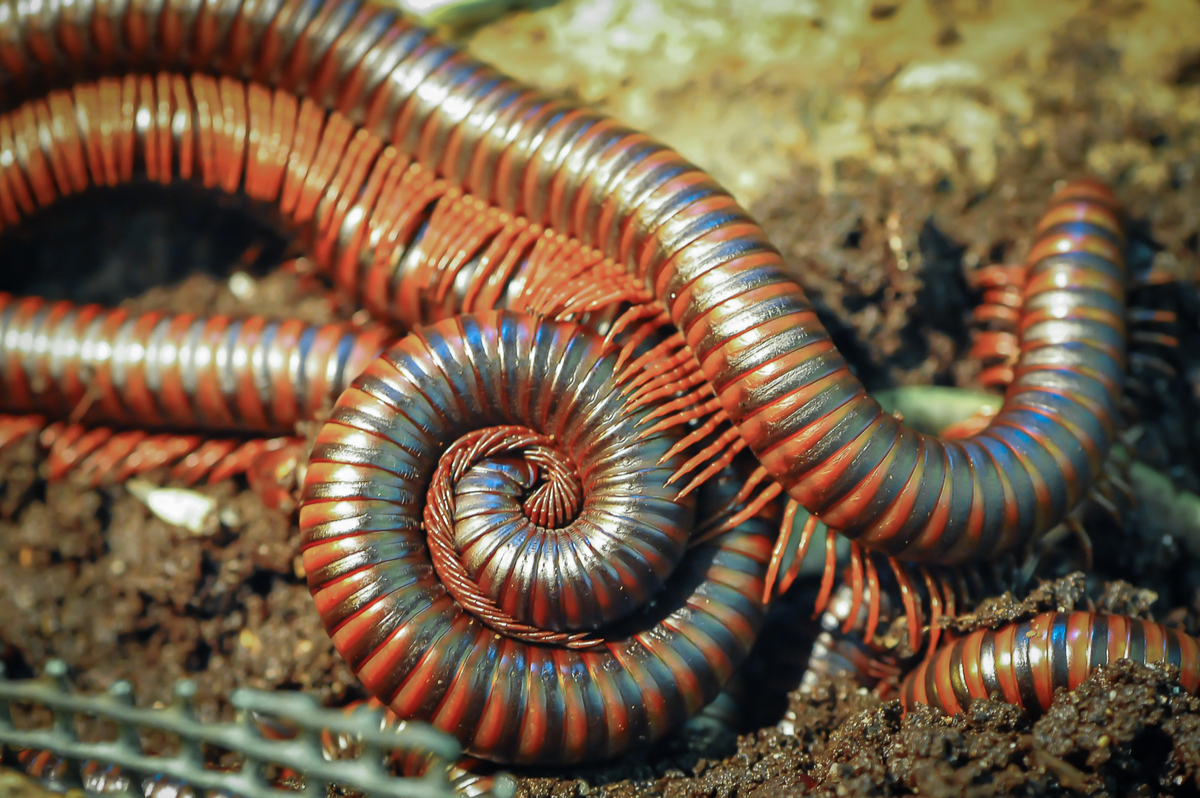
You are submitting to Canvas
A media piece of your original work (photos, captions, creative writing, sketches, etc.) that provides information on soil animals. Include all parts of the assignment and be creative in your approach to representing soil organisms and their role in compost.
Here is Lesley’s lab media piece, a combination of photos, sketches, and captions. Your lab media piece may look totally different based on the animals you select, the types of media you make, background experiences, and personal perspectives.


